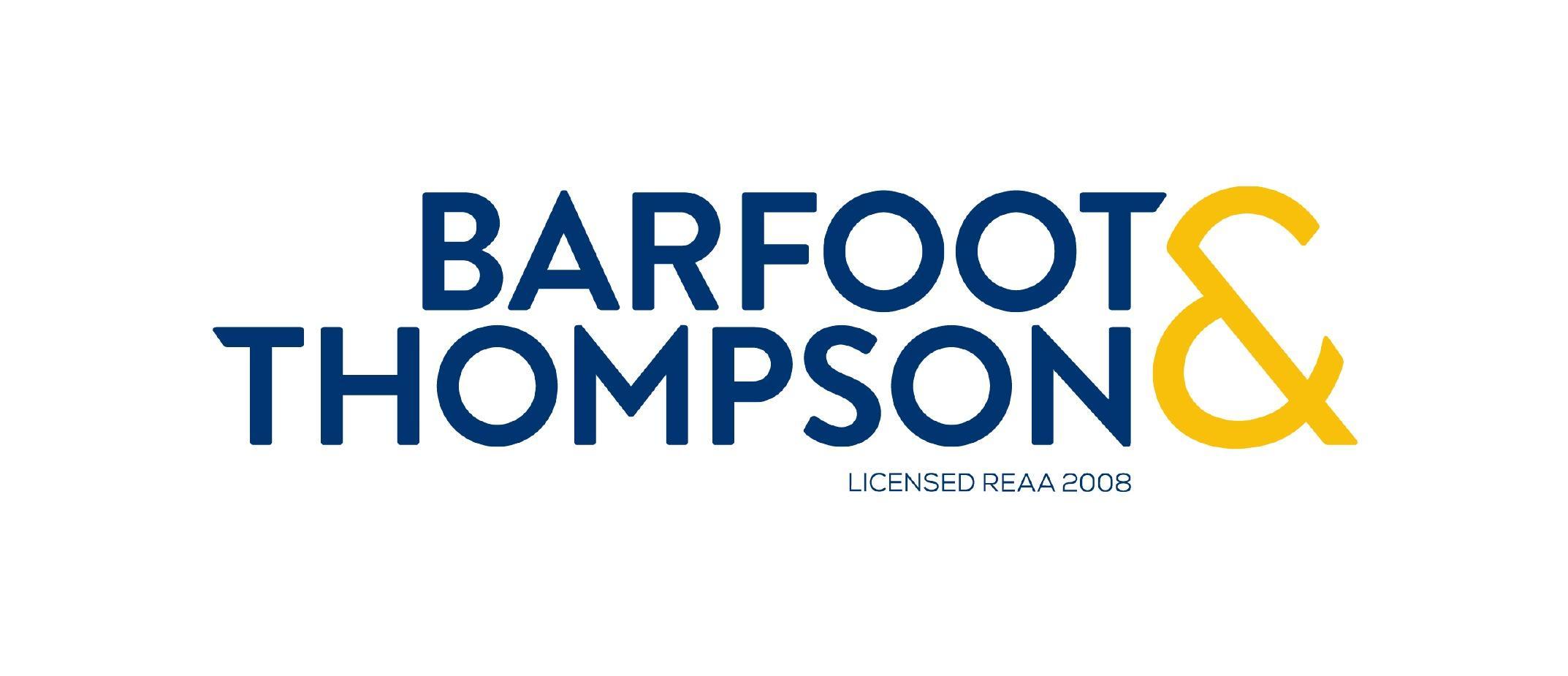The RBNZ publishes its Financial Stability Report every May and November outlining the key areas of interest relating to the NZ economy,
with a snapshot of where things sit today and things to be aware of moving forward.
As property investors, we operate in a market which is strongly influenced by the financial system, due to the need for capital and the benefit of leverage
when it comes to property as an investment vehicle. The overall state of the economy and its ongoing improvement will directly relate to the performance
of these investments due to the key value indicators of property and what causes the demand for it; therefore, it is important we keep an eye on a
few main factors:
LVR restrictions on investment properties. Looking at properties that are not exempt from these restrictions and also non-bank lenders, the current
restrictions mean that main banks can lend up to 70% of the value of a property as a mortgage. It was expected that this would be relaxed to perhaps
75% or 80% following a series of economic events and also the fact that in recent years things have eased slightly, annually. While it didn’t happen
this time around, it could still be something that does happen in the future since the LVR’s were always meant to be a temporary measure. If people
can leverage more on their properties – it often makes purchasing more accessible, and when there are more people who are willing and able to buy property,
it increases demand and therefore prices.
here to stay and that they may be this way for the next decade. Often interest rate forecasts aren’t done so far in advance but all commentary (including
that of the financial stability report) seems to suggest the same. Global interest rates are reducing – including long term rates. This means that
people can have more certainty on their debt at a lower cost. Lower interest rates tend to act as a buffer for slow growth. It seems too however that
this may have the undesirable effect of people taking on too much debt because it is cheap, and over-committing themselves. While things are looking
good and interest rates expected to be low, when looking at mortgages which is what we specialize in, borrowers need to be aware that a mortgage is
a 30 year commitment and with the fact that there is still a fair level of economic uncertainty, the phrase “never say never” comes to mind; while
low-interest rates seem to be around for the long term, it’s important that you build in a buffer for being able to afford market fluctuations in terms
of asset prices and/or interest rate increases should they occur. I suggest you do this on both your equity and also your cash flow positions.
the capital requirements of trading banks in NZ. The idea is that the capital requirements of banks will be regulated, and required to be at a higher
level than they currently are and therefore the stability of the banking system will be strengthened. Capital is used at a bank-level to absorb losses
before affecting their creditors. A minimum amount of capital is required to maintain resilience in a bank – the more they have, the worse financial
conditions they may withstand before depositors (like you and me) are affected. The final decision for this will be made on the 5th December 2019 –
and it will be an interesting time to see what happens to interest rates following this event.
Over the next little while the key things for property investors hone in on from a mortgage/finance perspective will really be the interest rate market,
how credit policy ends up being affected (if it gets more difficult to attain finance), LVR restrictions and how they may change, and the non-bank
space in particular and how that develops. I personally think the non-bank space will gain considerable growth over the next few years, particularly
if some of the above points have the effect of tightening the credit market due to a smaller amount of available funds – which seems to be fair to
expect.

ABOUT THE AUTHOR
Ryan Smuts
Ryan is a Key Accounts Manager at Kris Pedersen Mortgages and Insurance. Ryan can be reached
on 021 193 9333 or [email protected].













Add Comment